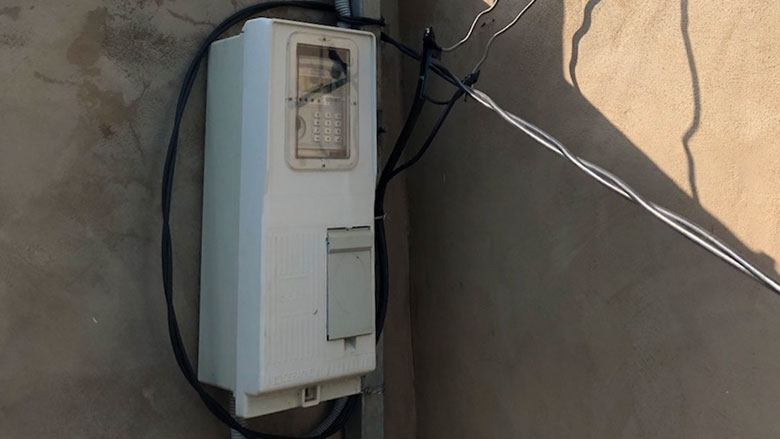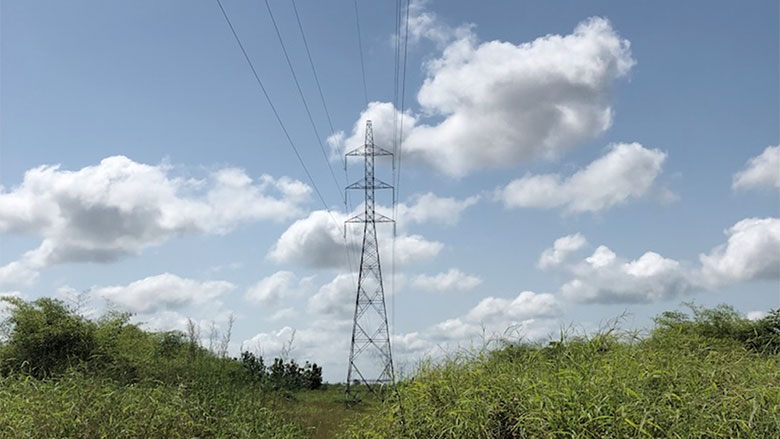Challenge
In 2010, Benin enjoyed macroeconomic and political stability, in addition to low debt levels. However, it was struggling to translate these advantages into economic growth due to an unfavorable business environment, lack of competitiveness in industries, an undiversified economy, and a need for improved basic services.
While electricity demand in Benin continued to increase every year, the country was experiencing severe energy crises due to the lack of effective energy sector planning and the financial crises facing its energy sector companies, its distribution company, and Société Béninoise d’Énergie Électrique and Communaté Électrique du Benin, the binational generation company (shared with neighboring Togo).
Additionally, rural areas experienced much greater rates of energy poverty than urban areas. Inadequate energy supply led to higher rates of wood fuel and charcoal utilization that contributed to deforestation and adverse impacts on the environment. Overall, the nationwide electrification rate in Benin remained lower than sub-Saharan Africa’s average rate.
Approach
The Increased Access to Modern Energy Project (IAME) was designed based on careful consideration of the power sectors’ needs and what aspects could benefit the system the most from financial investments. IAME supported Benin’s Growth Strategy for Poverty Reduction (2007-2009), which indicated reliable power supply--especially covering rural areas and northern regions of the country--as a key focus area.
The project aimed to improve lighting and appliance efficiency in urban areas for households that already had access to electricity. IAME activities included the preparation of a comprehensive study on potential rural electrification concessions by the Beninese Agency for Rural Electrification and Energy Mastery, Agence Béninoise d’Électrification Rurale et de Maitraise d’Énergie. Additionally, the project provided the agency with technical assistance and capacity building activities to support its financial management, monitoring and evaluation, and environment and social safeguards.
Results
Implementation of the IAME, during June 2009 to December 2018, provided:
- 24,670 new households access to gas cooking equipment and 25,000 households access to improved cookstoves. Six honey production sites and 22 water boreholes were constructed. Power outages were reduced due to the rehabilitation of nine substations. The World Bank financing helped establish N-1 security in the Benin power system, a technical but critical component to power grid resiliency and efficiency.
- Over 1,500 farmers received training on improved carbonization and logging in the area under the forest management plan.
- Electrification of six rural settlements—Bariénou, Sikki, Guessou-Bani, Dérassi, Tantéga-Tétonga and Tolehoudji—helped connecting 3,560 people to on-grid electricity.
Additionally, the project helped establish the conventions and partnerships needed for the implementation of a forest management plan in the Moyen Ouémé region. The forest management plan covering 300,000 hectares (ha) for the regions of Dassa-Zoumè, Glazoué, Ouèssè, Savè, and Tchaourou was adopted. As a result, more than 113,000 tons of CO2 emission have been avoided because of the improved efficiency of lighting and appliances.
Overall, the project was successful in increasing rural access to electricity and establishing a forestry management plan for efficient use of forest resources. It also increased the number of households with improved cook stoves, and reduced greenhouse gas emissions through the introduction of energy efficient appliances in Benin’s residential and commercial sector.

World Bank Group Contribution
The International Development Association (IDA) supported the Government of Benin with a credit in the amount of $52.7 million and a Global Environment Facility (GEF) grant in the amount of $1.8 million equivalent. In supplement to the IDA and GEF operations, there was an Africa Renewable Energy Access Program grant in the amount of $2 million equivalent associated with the project.
Partner
The IAME was designed to complement the other donors’ work in Benin’s energy sector. Parallel and joint financiers included: Kreditanstalt fur Wiederaufbau ($18.70 million); European Investment Bank ($26.09 million); and Français De L’Énvironement Mondial—a trust fund signed between France and the Government of Benin – $1.30 million. The project also included co-financing from the Communaté Électrique du Benin, Société Béninoise d’Énergie Électrique, and the Government of Benin.
The project was fully coordinated with the French Development Agency, European Union, German Development Agency, and the Economic Community of West African States Bank for Investment and Development, who were active in rural electrification. The Islamic Development Bank, the African Development Bank, the West African Development Bank, and the Nordic Development Fund provided assistance for transmission, distribution, and grid extension in the northern part of Benin.
Moving Forward
The IAME was aligned with the World Bank Group’s Country Partnership Framework (2009) for Benin. The project design and objectives were consistent with the government’s Programme d'action gouvernemental of 2016, and the overall policy direction for the energy sector. Benin had emphasized the need to modernize its infrastructure, especially in the energy sector.
Beneficiaries
The project benefitted thousands of people, including those living in localities where the Société Béninoise d’Énergie Électrique networks have been strengthened and rehabilitated. Société Béninoise d’Énergie Électrique subscribers also benefitted from prepayment meters and low-cost compact fluorescent light bulbs. Many households benefitted from gas cooking equipment and improved stoves.
The biomass activities provided support to rural communities in logging areas to diversify income generating, including the construction of 16 honey production sites in the communes of Glazoué and Ouèssè and the communes of Savalou and Bantè. The project also built 22 water boreholes.
